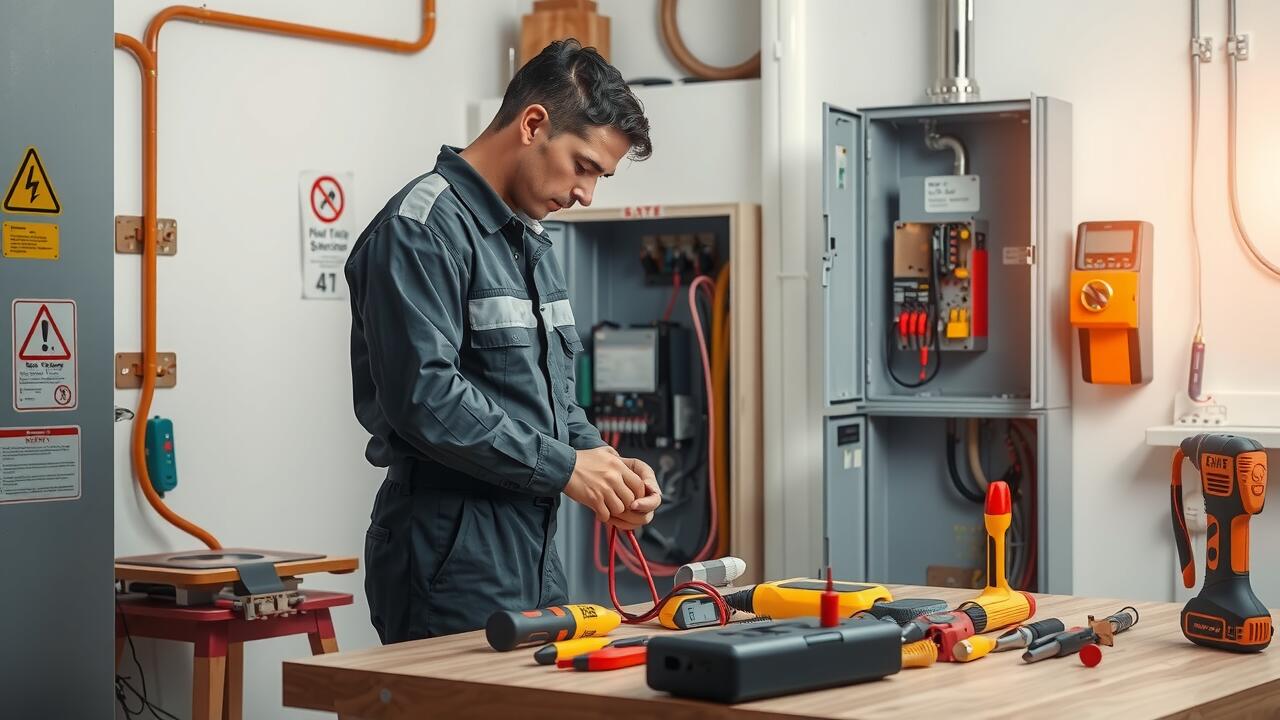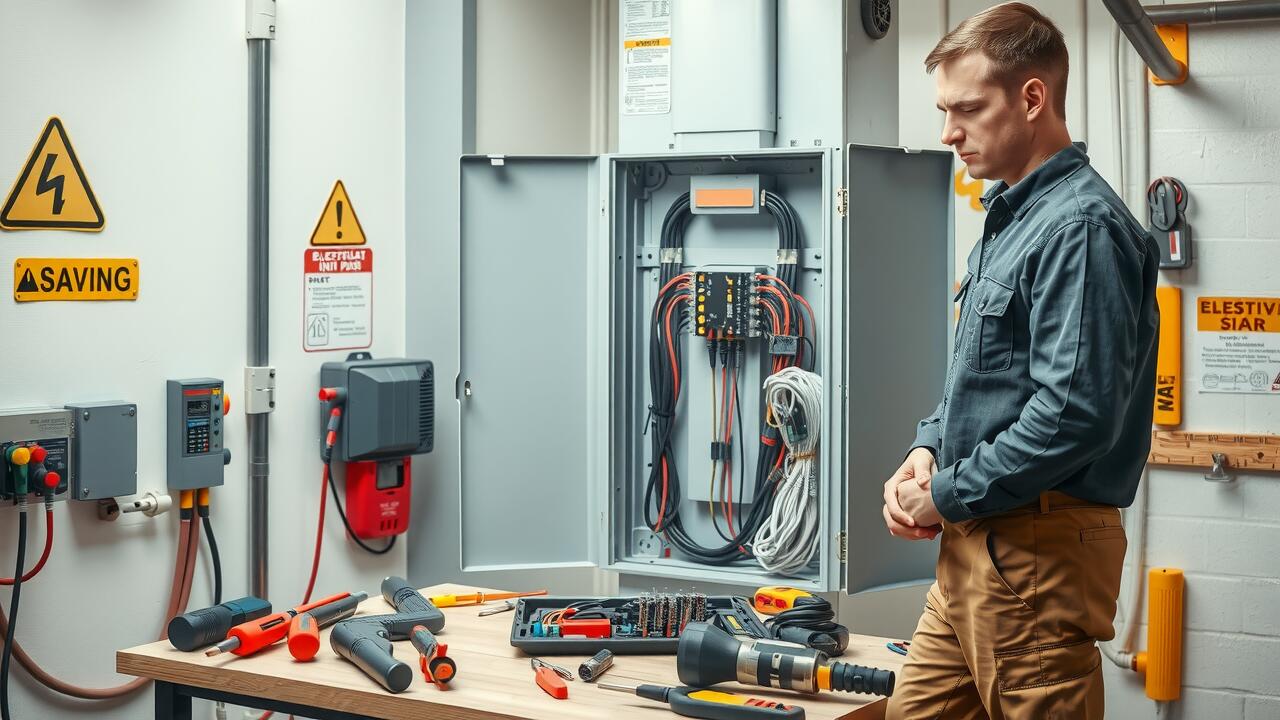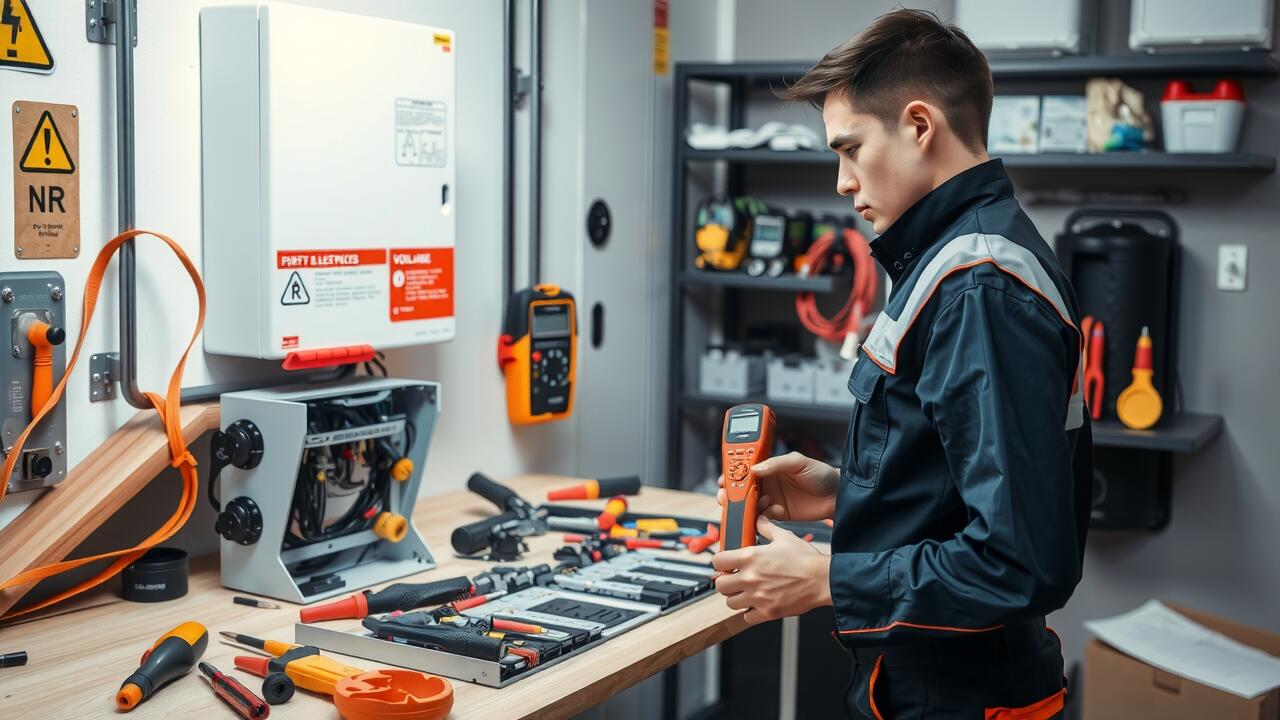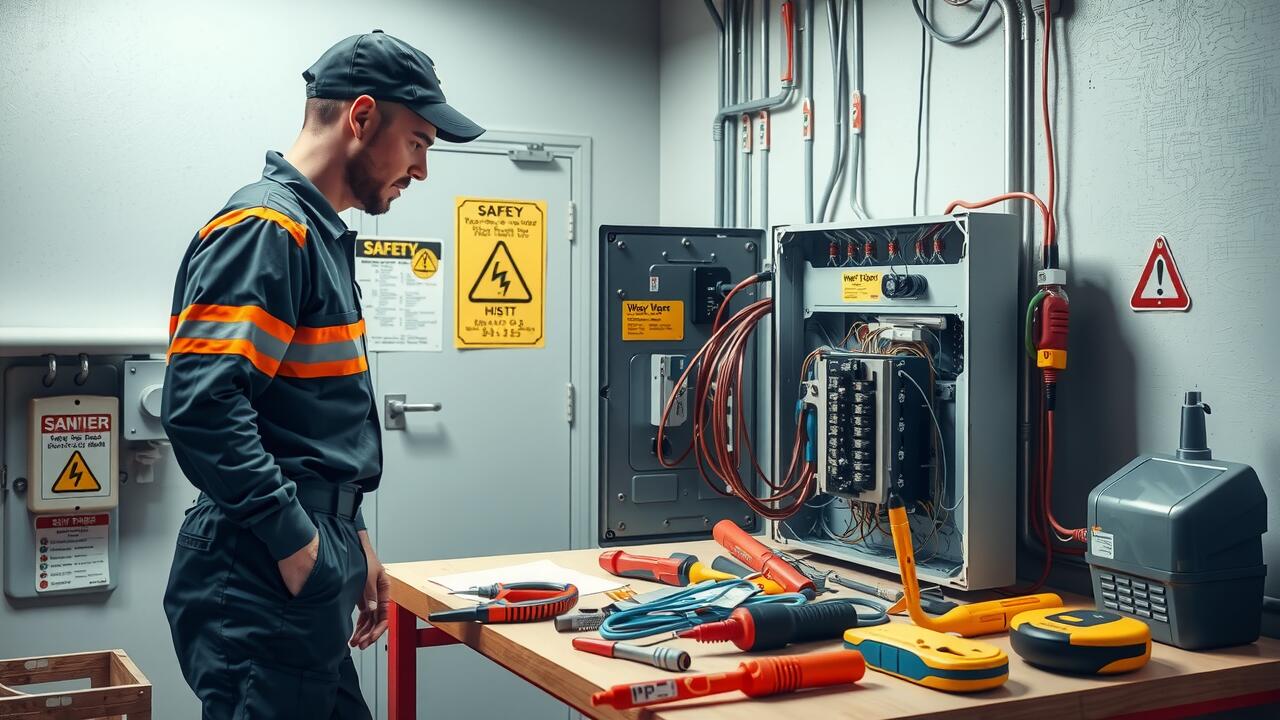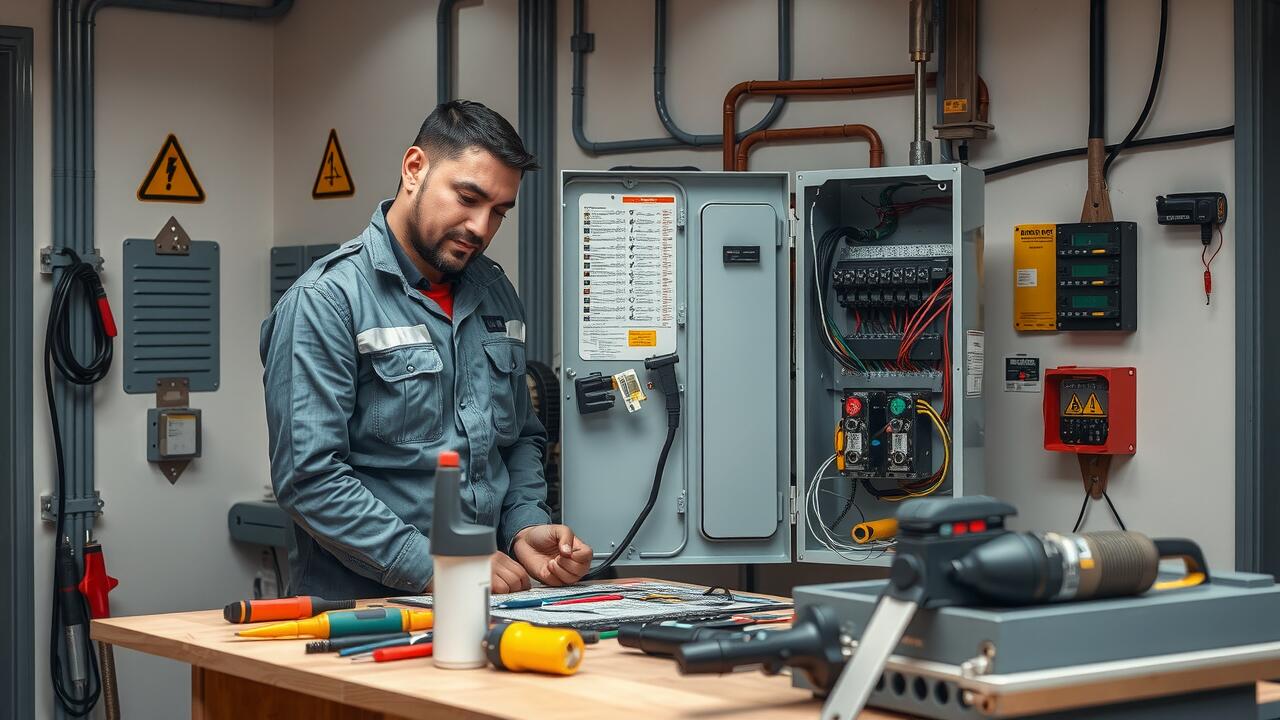
Table Of Contents
Warning Sign 5
An outdated switchboard model often signifies a need for an upgrade. Older models may not meet the demands of modern electrical systems. The rapid advancement of technology has led to new standards in safety and efficiency. If your switchboard is several decades old, it likely lacks essential features that enhance electrical protection and functionality. Electric switchboard replacement in these situations is vital to ensure that your home meets current regulations.
Homeowners should also consider the availability of replacement parts for older switchboard models. Difficulty in sourcing components can lead to expensive repairs if issues arise. Modern switchboards often come equipped with advanced circuit breakers and safety mechanisms that older units simply lack. Investing in an electric switchboard replacement can provide substantial long-term benefits, including improved safety and enhanced energy efficiency.
Recognising Technological Advancements
Electric switchboard replacement in homes may become necessary due to the rapid evolution of electrical technology. Older switchboard models often lack the advanced safety features and efficiency improvements found in more recent designs. Current standards encompass better circuit protection and increased capacity to manage modern electrical load demands. Recognising these advancements can guide homeowners in evaluating whether their systems are compromised or outdated.
Individuals may notice that their switchboard struggles to keep pace with new appliances and smart technologies. With the prevalence of energy-hungry devices, an obsolete switchboard can lead to various issues, including safety risks. Upgrading to a newer model not only enhances efficiency but also ensures compliance with modern regulations. Assessment of technology advancements is a crucial step in deciding whether an electric switchboard replacement in your home is warranted.
Warning Sign 6
Overloaded circuits often indicate that your electrical system is working beyond its safe capacity. Frequent tripping of circuit breakers can suggest that your home’s wiring is struggling to accommodate the demands of modern appliances. When multiple devices operate simultaneously, especially high-energy equipment, the risk of overloading increases. Recognising these patterns is crucial for ensuring safety and preventing potential hazards.
If you notice flickering lights or the smell of burning insulation, these are sure signs your circuits might be overloaded. Seeking electric switchboard replacement in these instances can help restore balance to your system and enhance safety. Upgrading to a switchboard designed to handle greater loads can protect your home from the dangers associated with electrical overload. Ignoring these signs could lead to more severe issues, including fire risks.
Signs of Electrical Overload
Overloaded circuits can lead to serious safety hazards in your home. Frequent tripping of circuit breakers, flickering lights, or noticeable heat emanating from switches are clear indicators that your system is struggling to manage the electrical load. These signs often indicate that the current demands exceed the capacity of your existing wiring and switchboard. In such cases, addressing the issue promptly is crucial to prevent potential damage to your appliances or even more dangerous electrical fires.
If you find your home has an increasing number of devices and appliances requiring power, it may be time to consider electric switchboard replacement in order to accommodate this demand. An updated switchboard can provide enhanced safety features and support additional circuits without the risk of overloading the system. Ignoring these signs can lead to more significant problems down the line, making a proactive approach essential for both safety and efficiency.
Warning Sign 7
Experiencing a sensation of electrical shock when touching appliances or switches can be alarming. This unsettling feeling may indicate underlying issues with your home's electrical system. The risk of electrical shocks is not just a nuisance; it can pose serious safety hazards. Ignoring these sensations could lead to more severe electrical problems or even injury.
If you find yourself or others experiencing shocks, it may be time to consider an electric switchboard replacement in order to enhance safety and efficiency. Upgrading your switchboard can help address these hazards while ensuring your electrical system meets modern safety standards. Consulting a qualified electrician will provide clarity on the necessity and urgency of the replacement.
Understanding Shock Risks
Experiencing an electrical shock sensation can be alarming and is a clear indication that your switchboard may be outdated or malfunctioning. This sensation can occur when there is a fault in the wiring or poor connections within the switchboard. Regularly feeling tingling or slight shocks when touching electrical appliances points to potential hazards that should be addressed promptly.
Ignoring these signs can lead to serious safety issues, including the risk of severe electric shocks or even fire hazards. If you notice any unusual sensations when using electrical devices, it’s essential to seek professional advice. An electric switchboard replacement in your home can significantly reduce these risks, ensuring that your electrical system operates safely and efficiently.
FAQS
What is a switchboard, and what is its role in my home?
A switchboard is an essential component of your electrical system that distributes electricity from the mains to various circuits throughout your home. It houses circuit breakers or fuses that help protect your electrical installations from overloads and faults.
How can I tell if my switchboard needs replacing?
Look out for warning signs such as an outdated switchboard model, overloaded circuits, frequent circuit breaker trips, flickering lights, unusual smells, or if you experience electrical shock sensations. If you notice any of these signs, it may be time for a replacement.
What are the risks of not replacing an outdated switchboard?
Keeping an outdated switchboard can lead to safety hazards, including electrical fires, appliance damage, and increased risk of electric shocks. It may also not meet current safety regulations, putting your home and family at risk.
How often should I have my switchboard inspected?
It is recommended to have your switchboard inspected every 5 to 10 years, or sooner if you notice any warning signs. Regular inspections can help identify potential issues before they become serious problems.
Can I replace my switchboard myself, or should I hire a professional?
It is strongly advised to hire a licensed electrician to replace your switchboard. Electrical work can be dangerous and requires expertise to ensure safety and compliance with local regulations.
